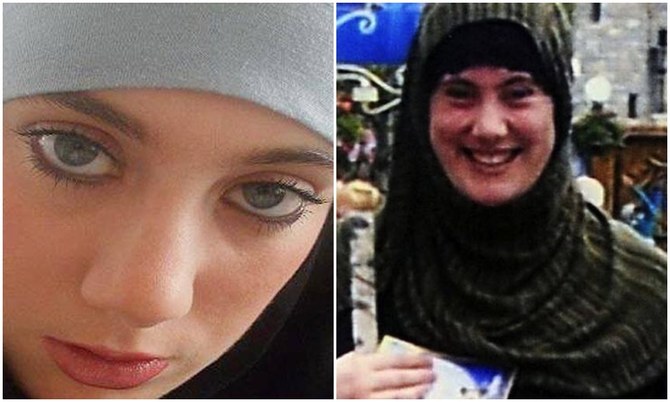The Ongoing Mystery of Samantha Lewthwaite: The White Widow

Introduction
Samantha Lewthwaite, infamously known as the ‘White Widow’, is a British woman linked to terrorism and radicalisation. Her case has become a significant point of discussion in global security, highlighting the complex issue of homegrown terrorism and the implications of radicalisation. As the world grapples with the threat posed by extremism, understanding Lewthwaite’s story is crucial.
Background and Radicalisation
Samantha Lewthwaite was born in 1983 in Buckinghamshire, England. She was raised in a Christian family but was later converted to Islam after marrying a member of the notorious terrorist group, Al-Shabaab. Her husband, Jermaine Lindsay, was one of the suicide bombers responsible for the 7/7 attacks in London in 2005. Following his death, Lewthwaite became increasingly radicalised and was implicated in various terrorist activities.
Current Status and Investigations
In 2011, she was reported to have been involved in the planning of attacks in Kenya. Law enforcement agencies have put her on a global wanted list, and she remains elusive, assumed to be operating within East Africa. Recent reports suggest she may be using various aliases and actively recruiting for terrorist cells, highlighting a growing trend in female jihadism. Various jurisdictions, including Interpol, have issued red notices for her capture, although her whereabouts remain uncertain.
Impact and Public Perception
The story of Samantha Lewthwaite has generated significant media attention and public interest. The phenomenon of women in terrorism often raises challenging questions about gender, agency, and victimhood. While some view Lewthwaite as a perpetrator of violence, others argue that her journey reflects a broader narrative about the radicalisation of individuals disillusioned with society.
Conclusion
The ongoing saga of Samantha Lewthwaite serves as a stark reminder of the complexities surrounding radicalisation and the global fight against terrorism. As law enforcement agencies continue their search, it is clear that her story is far from over. For readers, understanding such cases is critical in recognising the multifaceted nature of extremism and the importance of community engagement in preventing radicalisation. The implications of her actions resonate beyond borders, influencing both national policies and international relations in addressing the ever-evolving threats posed by terrorism.









